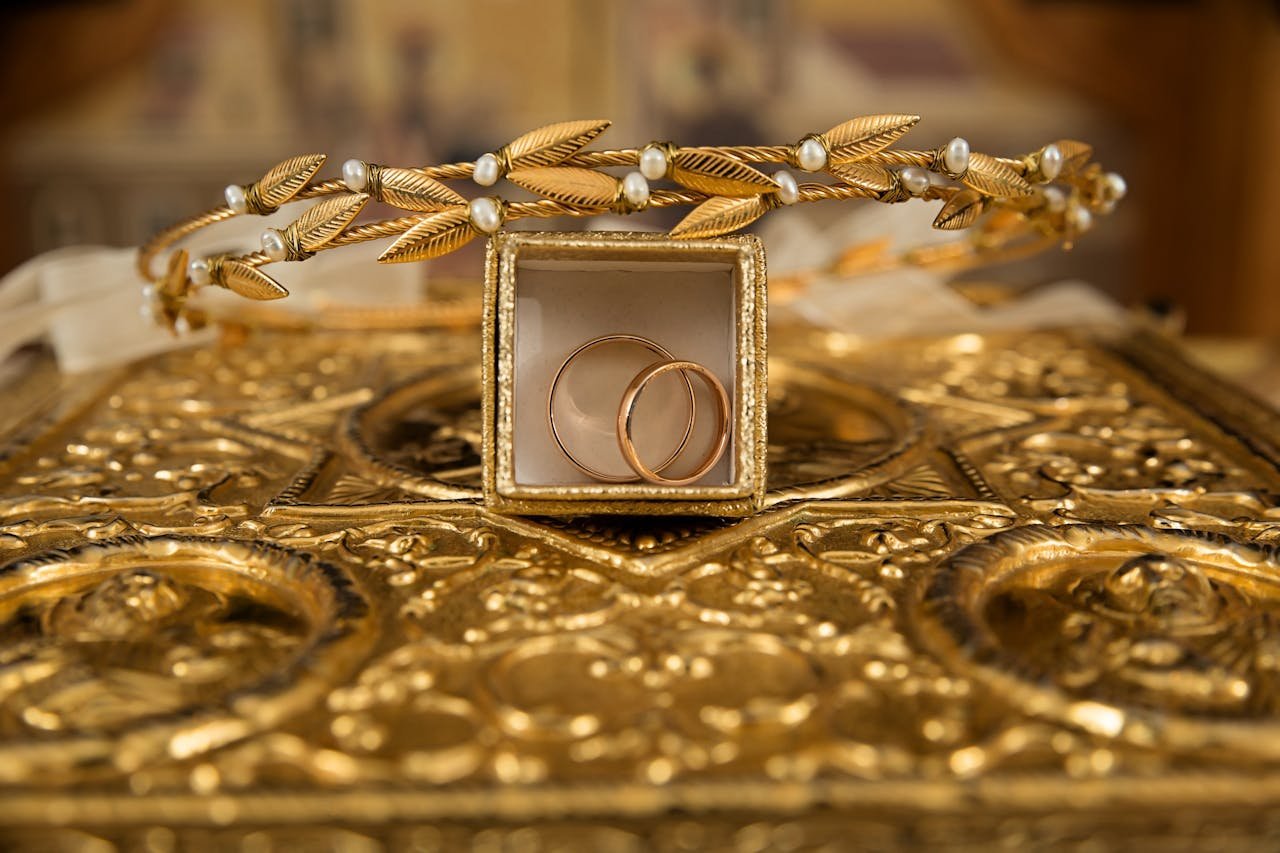
Investing in precious metals provides an effective approach to diversifying assets and safeguarding wealth in the ever-changing financial landscape of today, from gold and silver to platinum and palladium. These assets provide a hedge against economic fluctuations in addition to their intrinsic value. Whether you’re an experienced investor or new to the world of precious metals, understanding the complexities of purchasing these assets can help you improve your financial plan.
Understanding Precious Metals Value Beyond The Surface
Precious metals such as gold, silver, platinum, and palladium are valuable not only for their limited supplies but also for their distinct properties and applications. For centuries, gold has served as a haven during times of economic uncertainty. With its industrial usage as well as affordable cost silver is a common option for both investment and practical applications. Although less commonly discussed, platinum and palladium are vital for many different kinds of industrial operations and attract growing attention because of their rarity. Knowing the functions and characteristics of these metals facilitates strategic investment choices. Every metal’s market dynamics—including supply and demand, economic impacts, industrial applications, and industrial uses—help to define its worth and perspective as an investment.
Evaluating Market Trends and Prices
It’s important to keep yourself updated about market trends and price fluctuations when investing in precious metals. Many factors affect the pricing of these metals, including global economic conditions, geopolitical events, and changes in industrial demand. For example, during economic downturns, gold prices frequently rise as investors seek out haven assets. Silver prices, on the other hand, can be more volatile because it serves as both an investment and an industrial metal. By tracking these trends using reliable financial news sources and market data, investors can maximize their purchases and make decisions quickly.
Choosing the Right Form of Precious Metals
Precious metals can be acquired in a variety of ways, each with its own set of benefits and considerations. Physical forms include coins, bars, and bullion. Digital choices consist of mining stocks and exchange-traded funds (ETFs). Physical assets have the advantage of tangible ownership, but they also need to be insured and stored securely. Coins, for example, often have a collectible value in addition to their metal content. Bars and bullion are typically purchased based on their raw metal value. Even though they are more liquid and convenient, digital options still expose investors to the financial markets and might not offer as much security as physical ownership. Analyzing your storage capacity, risk tolerance, and investing objectives can help you decide which kind of precious metals best fit your portfolio.
Selecting Reputable Dealers and Sources
Buying precious metals necessitates selecting reputable dealers and sources to ensure authenticity and fair pricing. A safe transaction depends on seasoned dealers with a history of dependability and openness. When you choose to buy precious metals, search for dealers who offer authenticity certifications for their products and are affiliated with reputable trade associations. Making economical purchases requires comparing prices across multiple dealers and knowing their pricing policies, including fees and charges. Consider reviews and ratings from other investors to determine the dealer’s reputation. Make sure the platform offers clear information on return policies and customer assistance and employs safe payment techniques for online purchases.
Risk Management and Long-Term Strategy
Precious metal investing requires both a long-term plan and a careful approach to risk management. Although precious metals provide a hedge against inflation and economic uncertainty, they also come with their own set of risks, including market volatility and price fluctuations. Reducing these risks and balancing possible gains in your investing portfolio depends on diversification. Clear investing objectives and time horizons help you decide how best to allocate precious metals in your portfolio.
Conclusion
Purchasing precious metals is an effective way to diversify investments and protect wealth. Understanding the value of various metals, tracking market trends, selecting the correct forms, finding reliable dealers, and controlling risk can help you make informed decisions and improve your investing portfolio. Whether you’re drawn to gold’s timeless allure or platinum industrial appeal, this guide provides the essential insights you need to navigate the world of precious metal investments successfully.







